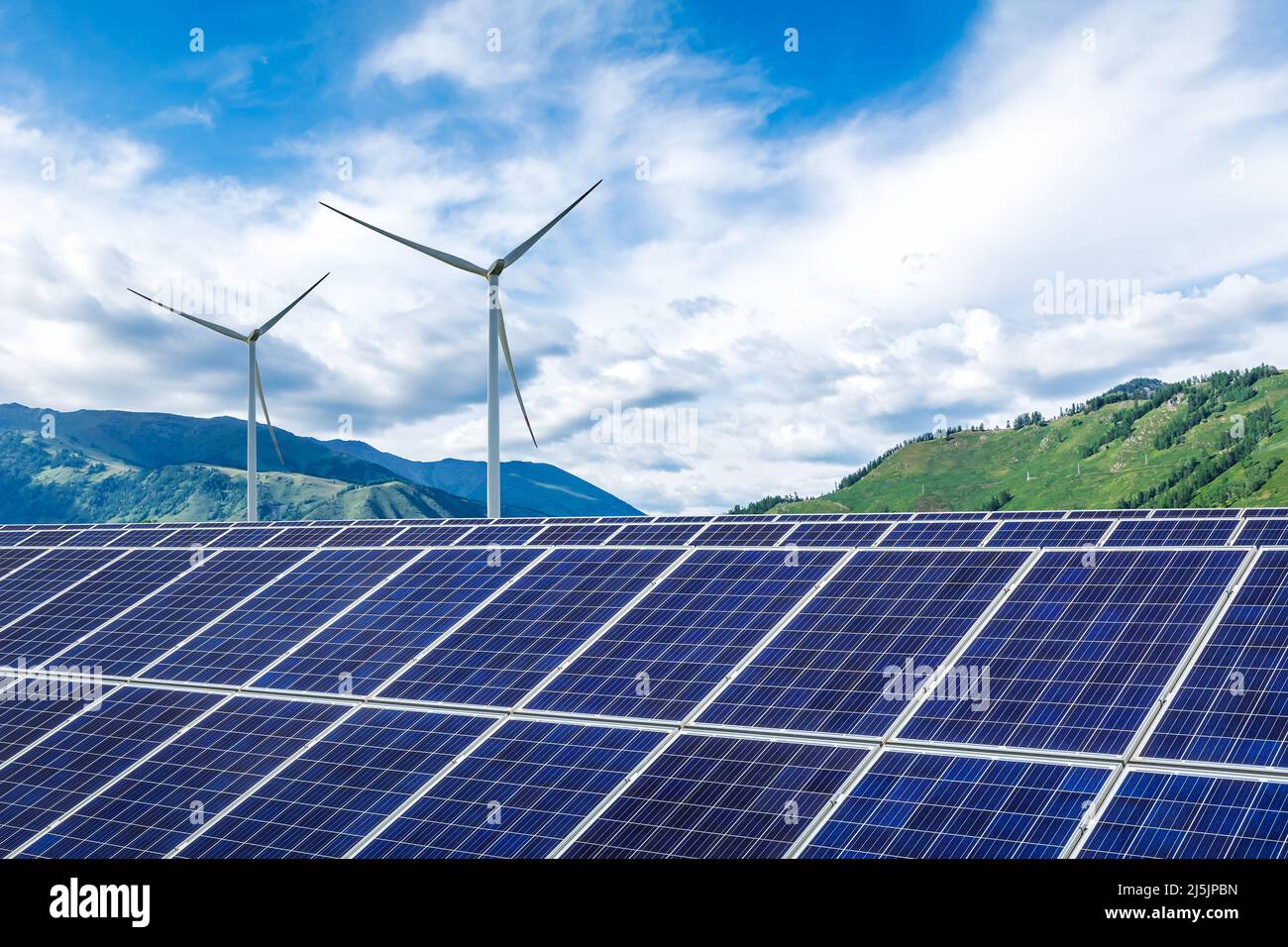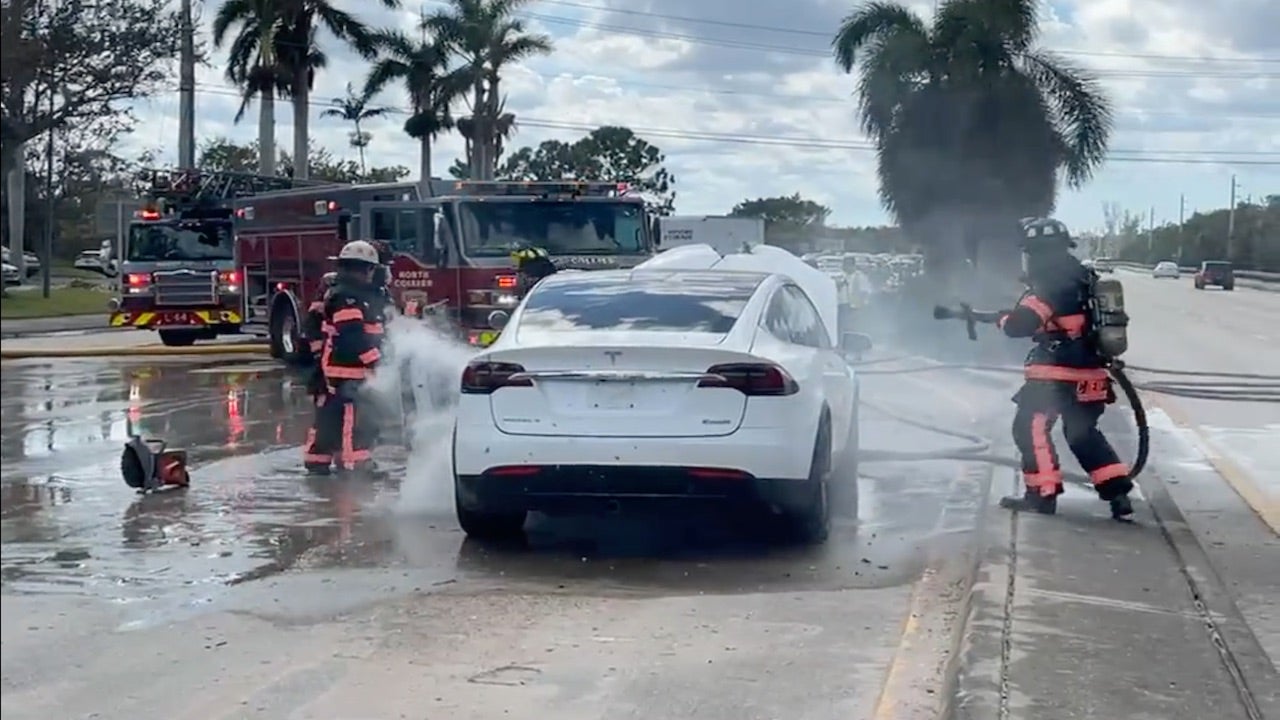Babcock Ranch rests on higher ground than much of the surrounding area – at least 25 feet or more above sea level – which the ranch says is "beyond the reach of coastal storm surge." All of the buildings and structures in the community are developed to withstand winds of up to 145 mph, or what would be a mid-range Category 4 hurricane according to the Saffir-Simpson scale.Relevant

Hurricane Ian destroyed power systems and ravaged homes. One southwest Florida community completely powered by solar escaped with little damage.
Charlotte County, Florida, was knocked "off the grid" because of Hurricane Ian. But one community within it known as "the world's first solar-powered town" never lost power or internet – only a few shingles and some downed trees.www.cbsnews.com
Cool. So all we have to do is build everything at least 25 feet above the mean high tide level and make sure it can handle sustained 145 mph winds. Right. We need to start bull dozing everything that doesn't meet specs and start building from scratch. And all you folks who live too close to the water can just give away your land. This won't take long.




